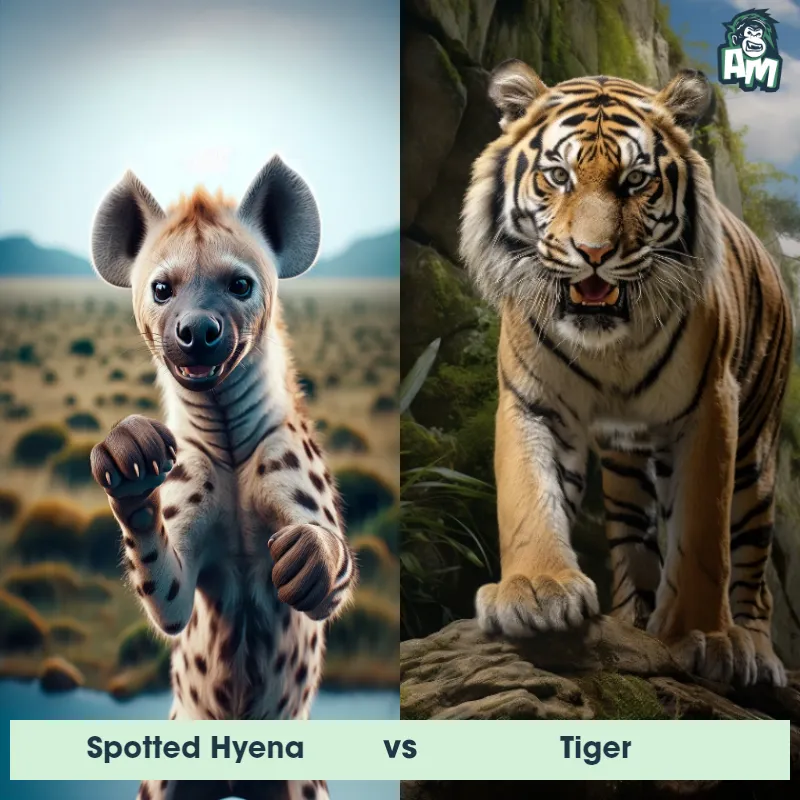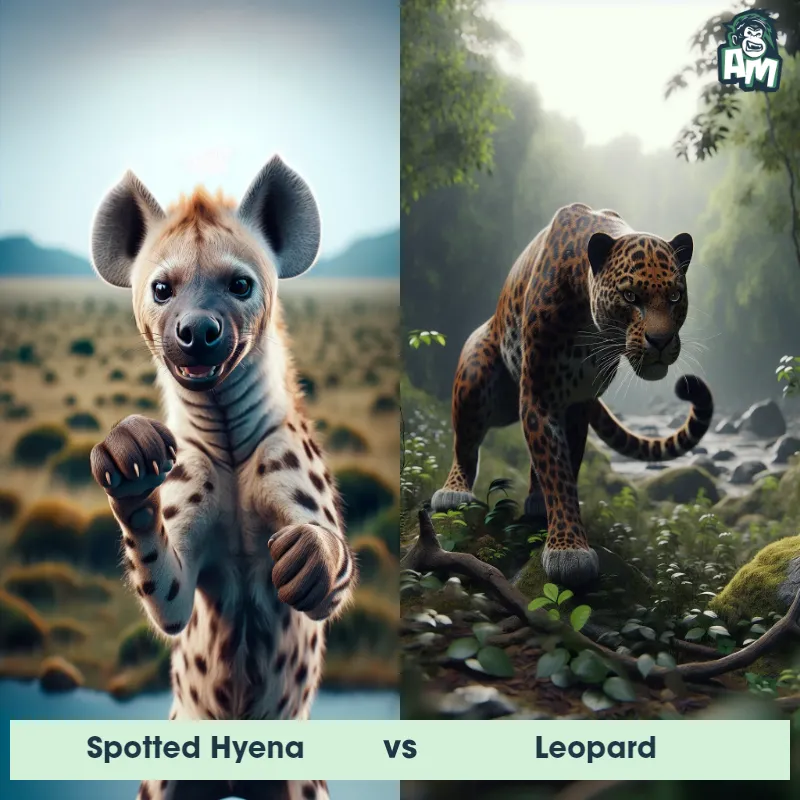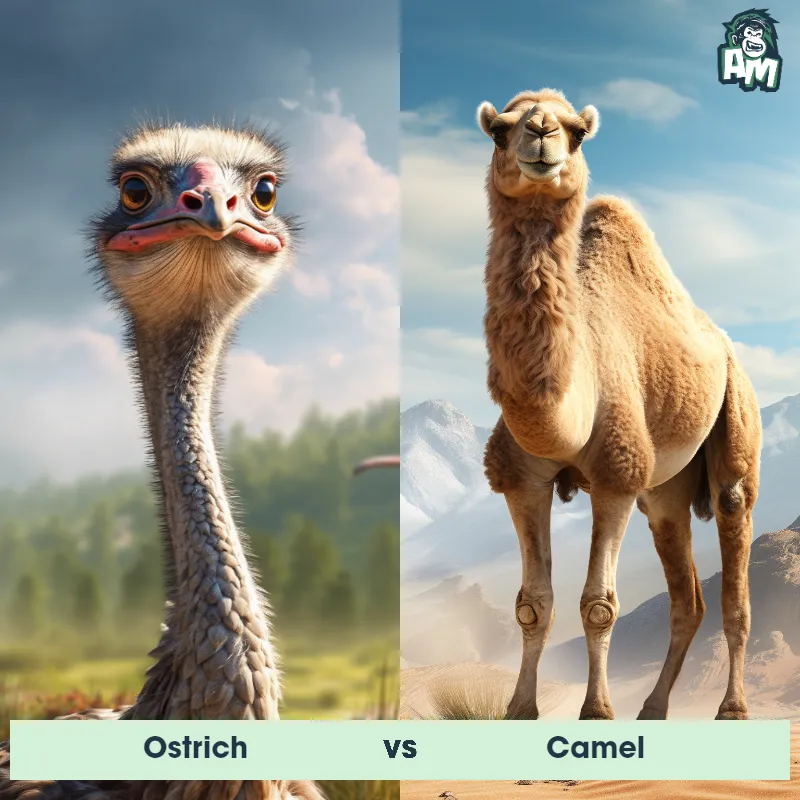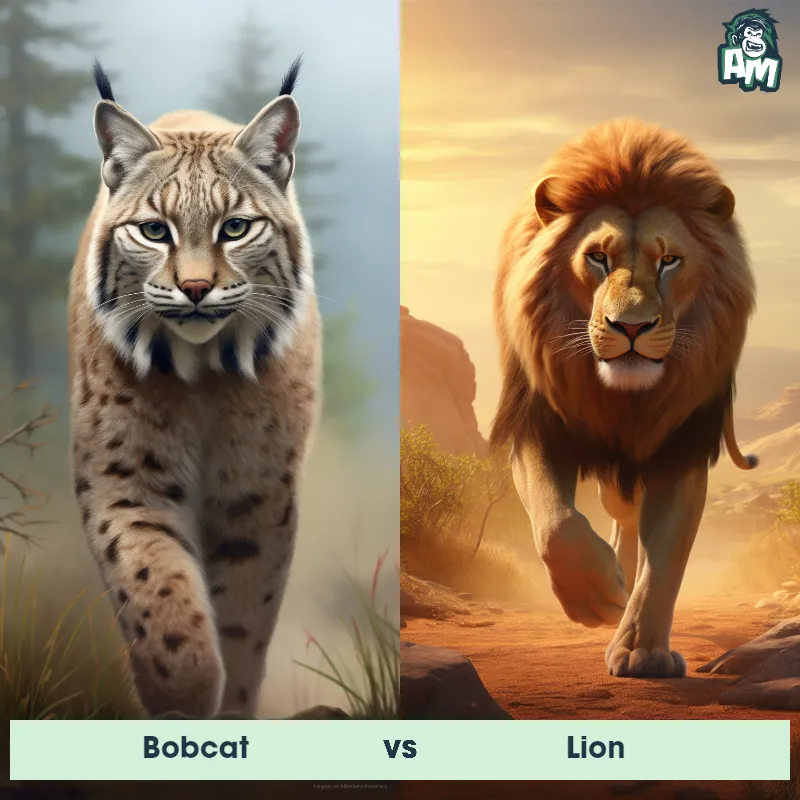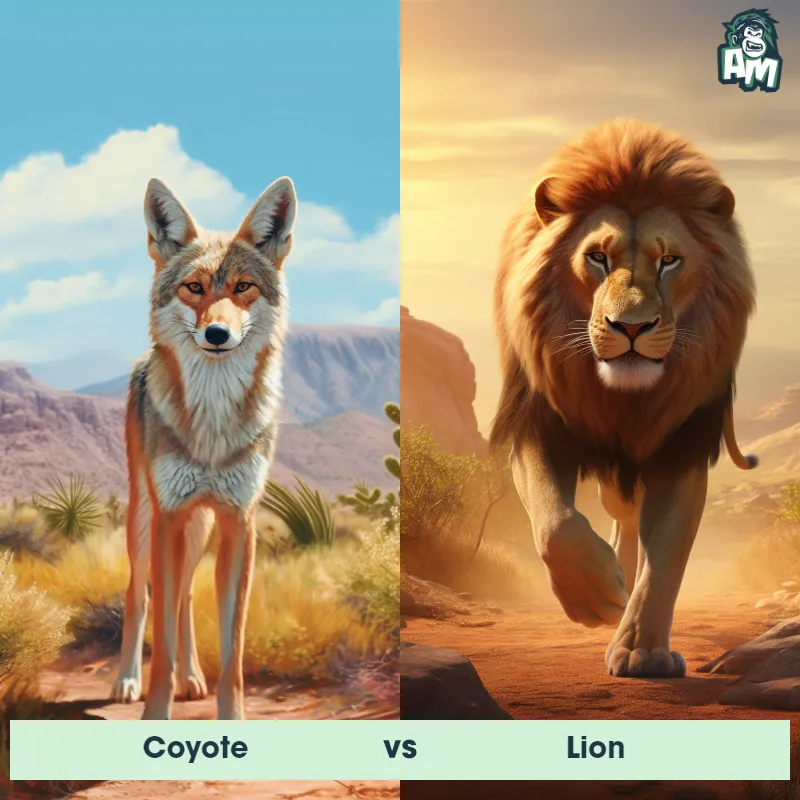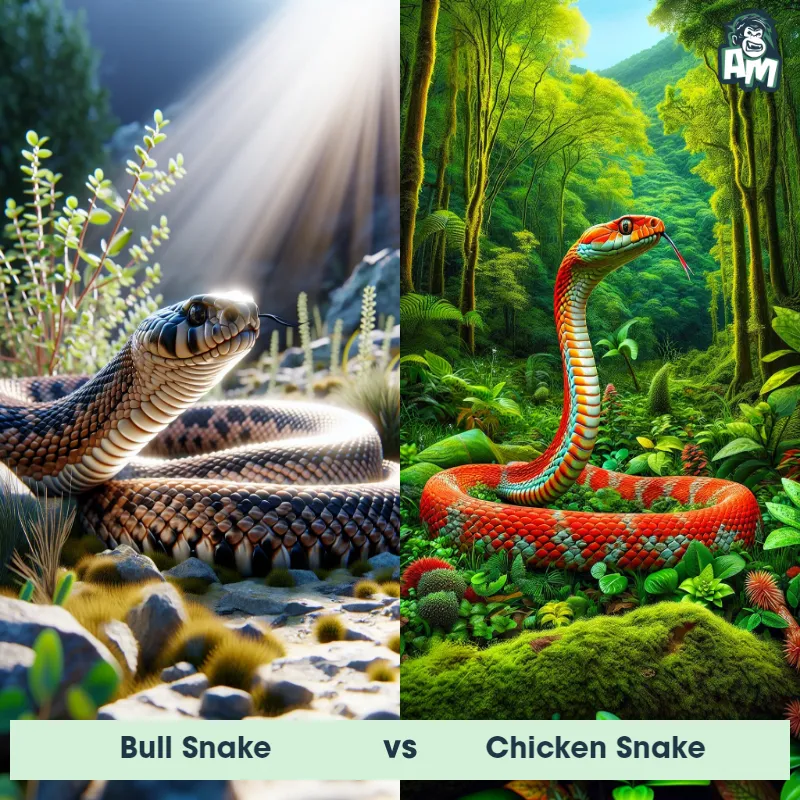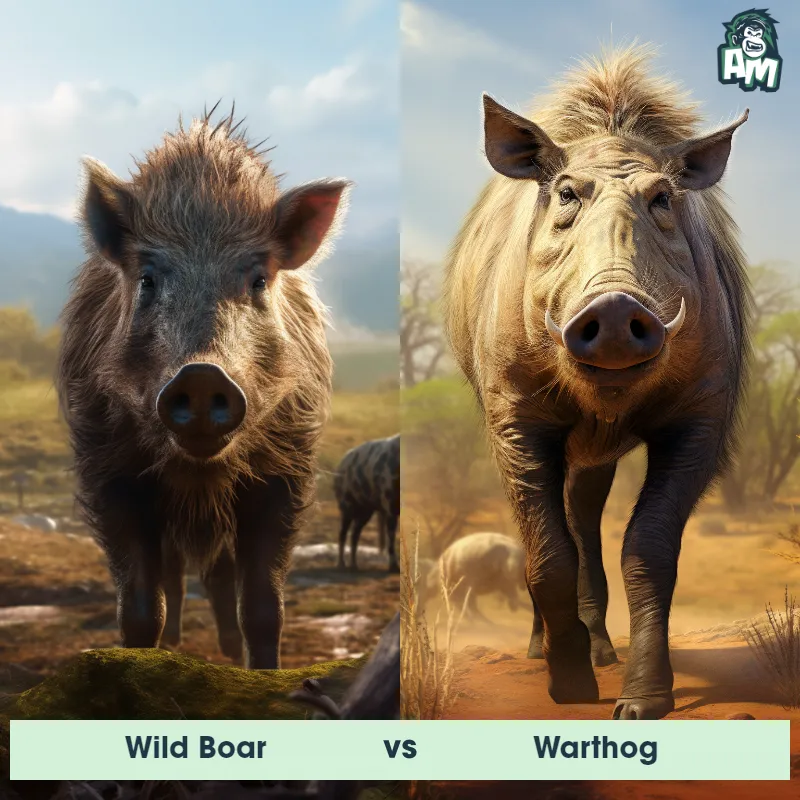Wild Boar vs Siberian TigerSee Who Wins

Ladies and gentlemen, welcome to tonight's thrilling matchup between two ferocious contenders! In the red corner, weighing in at a sturdy 400 pounds, we have the mighty Wild Boar. And in the blue corner, weighing in at a massive 600 pounds, we have the formidable Siberian Tiger. It's a clash of strength and agility, a true battle of the titans! Let's see who will emerge victorious in this three-round fight.
Contender 1: Wild Boar
The Wild Boar, also known as the feral pig, is a large, omnivorous mammal that can weigh up to 300 pounds and stand up to 3 feet tall at the shoulder. They have a distinctive snout and tusks, which they use for digging and defense. Wild Boars are found in many parts of the world, including Europe, Asia, and North America, and are known for their aggressive behavior and destructive impact on ecosystems.
Fun Fact: Wild Boars are excellent swimmers and can cross rivers and lakes with ease, making them difficult to contain or control.
Contender 2: Siberian Tiger
The Siberian Tiger, also known as the Amur Tiger, is the largest subspecies of tiger and can weigh up to 660 pounds. They have a distinctive orange coat with black stripes and a white belly. Their powerful legs and sharp claws make them excellent hunters, and they are known to prey on deer, wild boar, and even bears. Unfortunately, due to habitat loss and poaching, the Siberian Tiger is critically endangered with only around 500 individuals left in the wild.
Fun Fact: Despite their size and strength, Siberian Tigers are excellent swimmers and are known to swim across rivers and lakes in search of prey.
Matchup Stats
| Wild Boar | Siberian Tiger | |
|---|---|---|
| Size | Up to 3 feet tall at the shoulder (91.44 cm), length up to 6 feet (1.83 m) | Up to 10 feet (3 meters) in length; up to 3.5 feet (1.1 meters) in height at the shoulder |
| Weight | Up to 300 pounds (136.08 kg) | Up to 660 pounds (300 kilograms) |
| Speed | Speed: 30 mph (48.28 km/hr) | Speed: 50 mph (80.47 km/hr) |
| Key Strength | Powerful tusks and aggressive behavior | Powerful legs and sharp claws |
| Biggest Weakness | Poor eyesight | Vulnerable to poaching and habitat loss |
Current Votes
Wild Boar vs Siberian Tiger
See Who Wins
View More Matches
Looking For More?
Similar Matches
Scientific Stats
| Wild Boar | Siberian Tiger | |
|---|---|---|
| Scientific Name | Sus scrofa | Panthera tigris altaica |
| Family | Suidae | Felidae |
| Habitat | Forests, grasslands, and wetlands | Forests and grasslands |
| Geography | Europe, Asia, and North America | Russia, China, and North Korea |
| Diet | Omnivorous, eats roots, tubers, insects, small mammals, and carrion | Deer, wild boar, bears, and other large prey |
| Lifespan | 8 years - 18 years | 10 years - 15 years |
Key Differences between Wild Boar and Siberian Tiger
- Overall Anatomy: While both animals have four legs and walk on their toes, the Wild Boar has a plump body supported by shorter limbs, while the Siberian Tiger has a more streamlined and agile body structure, enabling it to chase down prey more effectively.
- Color and Pattern: The Wild Boar has a dense coat of bristly hair that is usually brown or black in color, while the Siberian Tiger boasts a striking orange fur with prominent black stripes, providing effective camouflage in their forest habitat.
- Facial Appearance: Wild Boars have a distinctly elongated snout with curved tusks protruding from the sides, while Siberian Tigers have a rounded face with a wide nose and sharp, intimidating teeth.
- Ears and Tail: Wild Boars have erect, pointed ears and a short, straight tail, while Siberian Tigers have rounded ears with a prominent white spot behind them and a long, thick tail used for balance and communication.
- Body Shape: The Wild Boar has a stocky and compact body with short legs, while the Siberian Tiger has a more elongated and muscular build, featuring a large head and a long, powerful tail.
- Size: The Wild Boar is significantly smaller, with adult males weighing between 130-220 pounds, while Siberian Tigers are much larger, with adult males typically weighing between 400-700 pounds.





